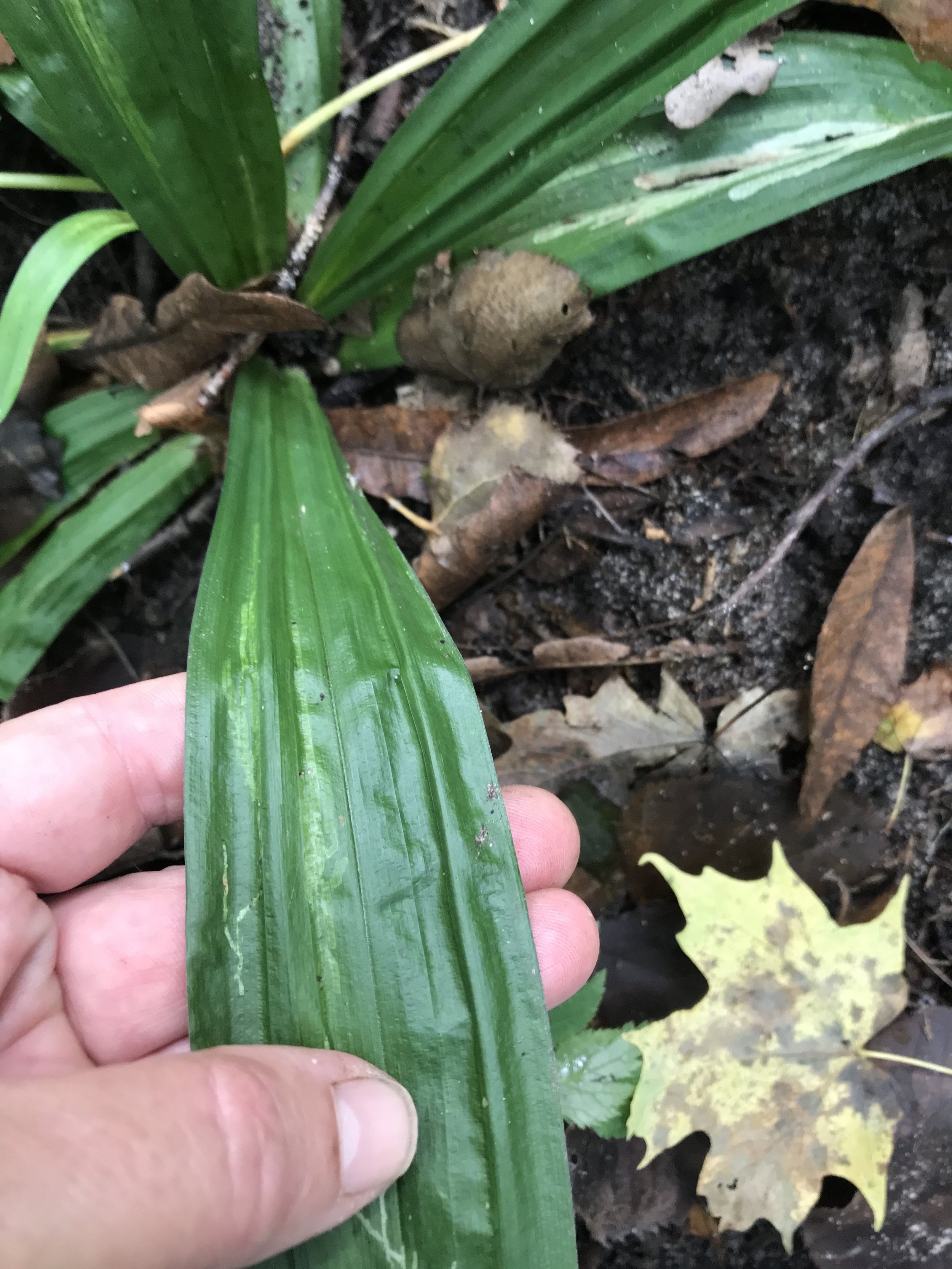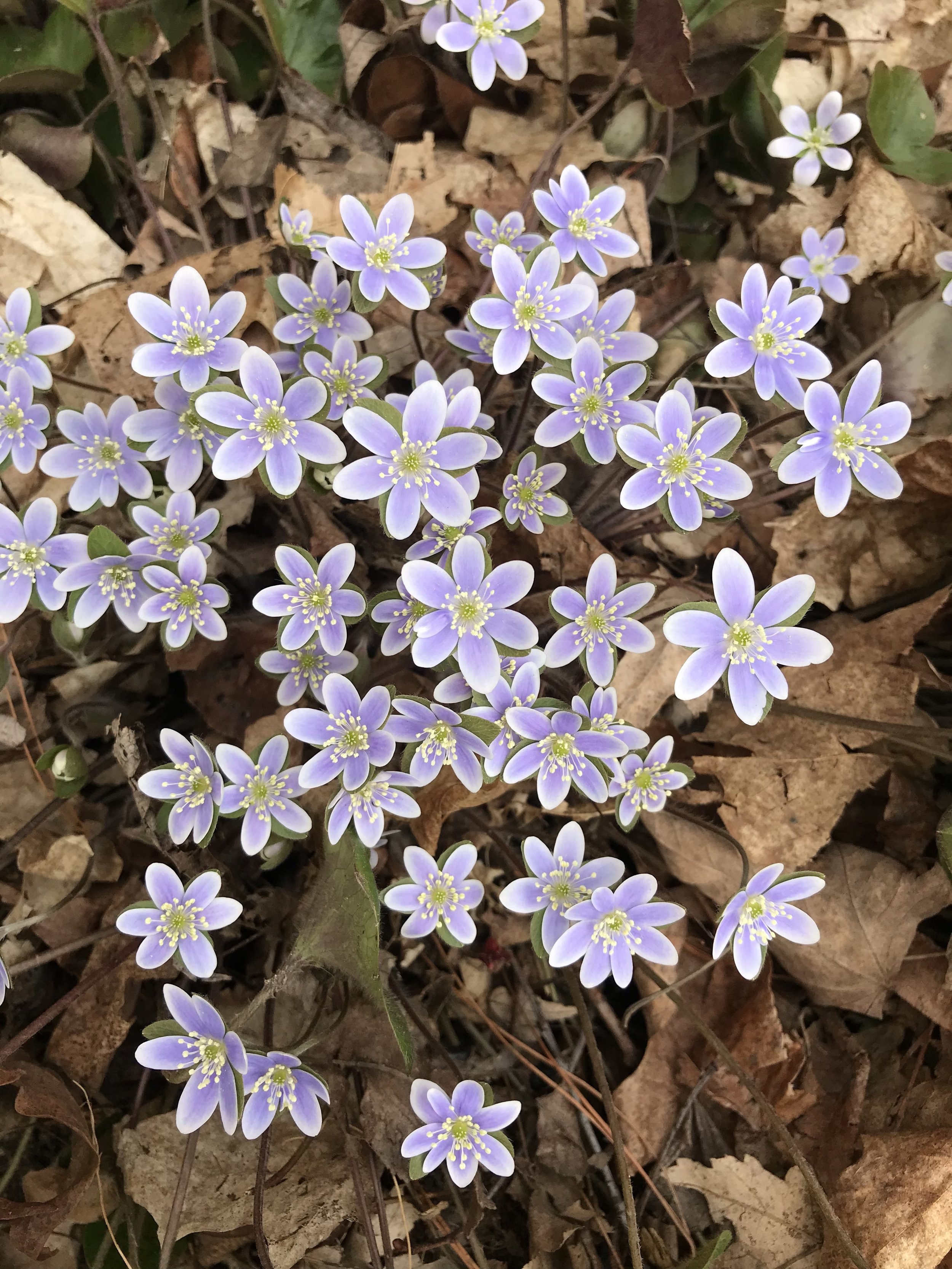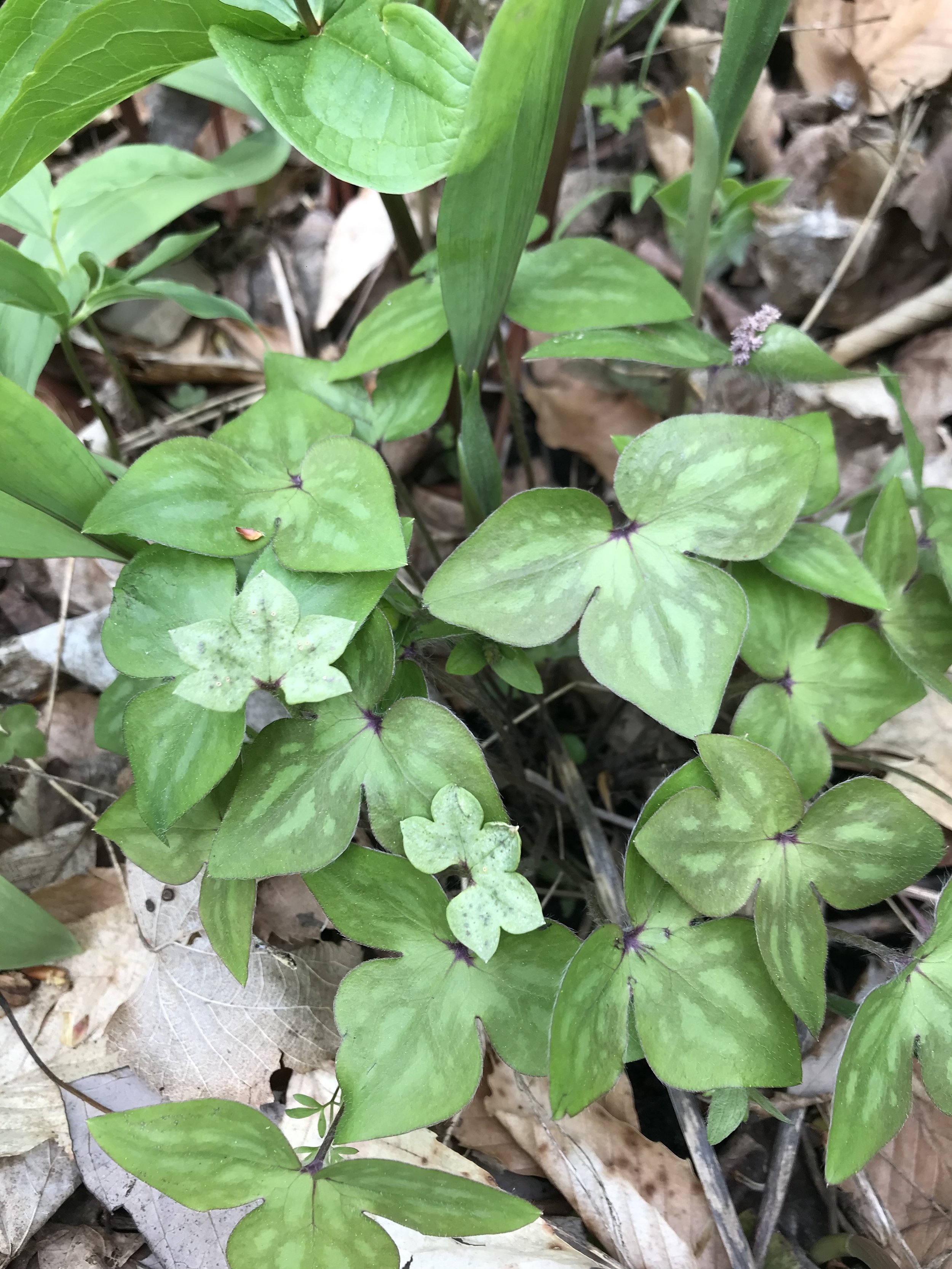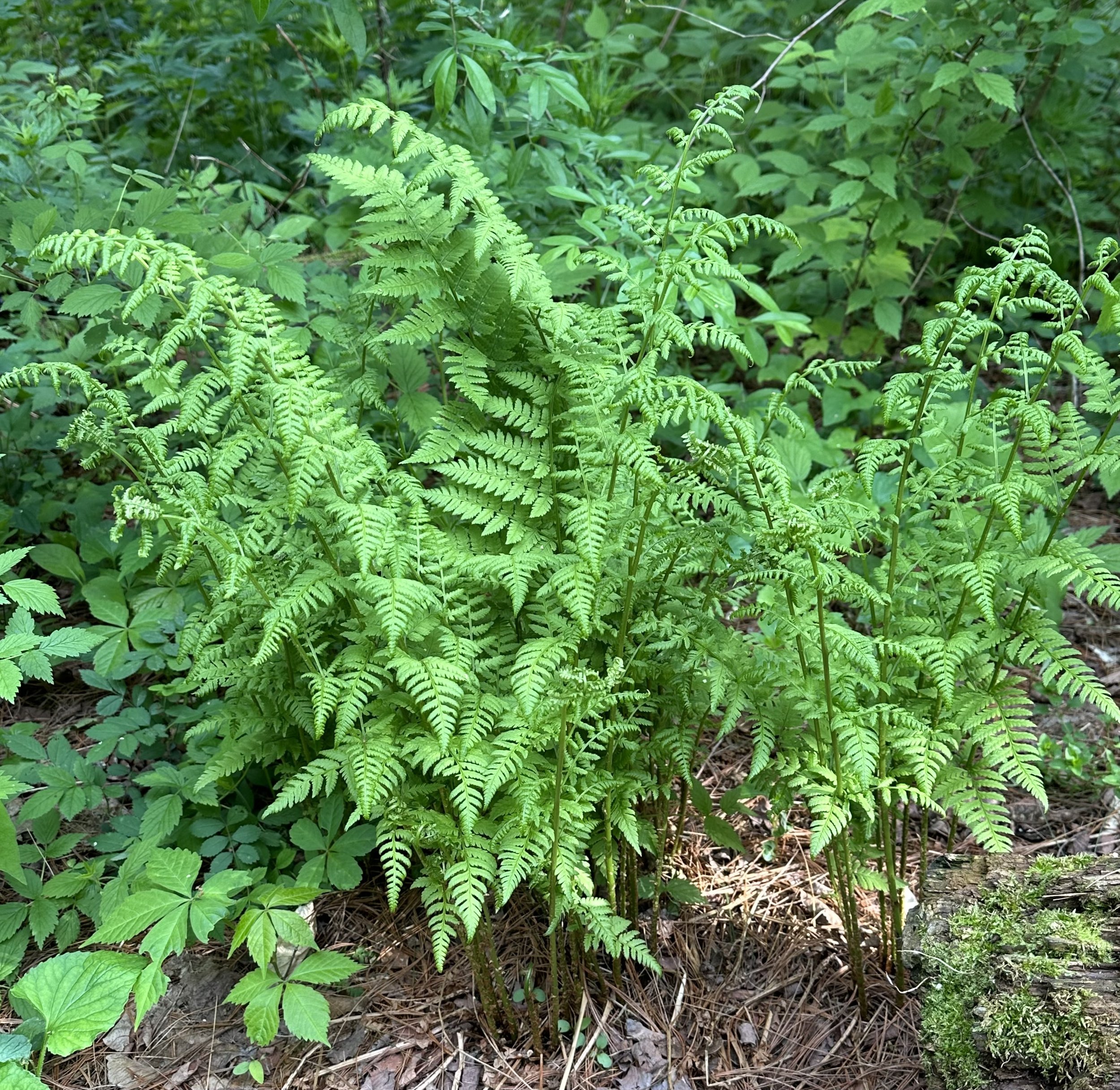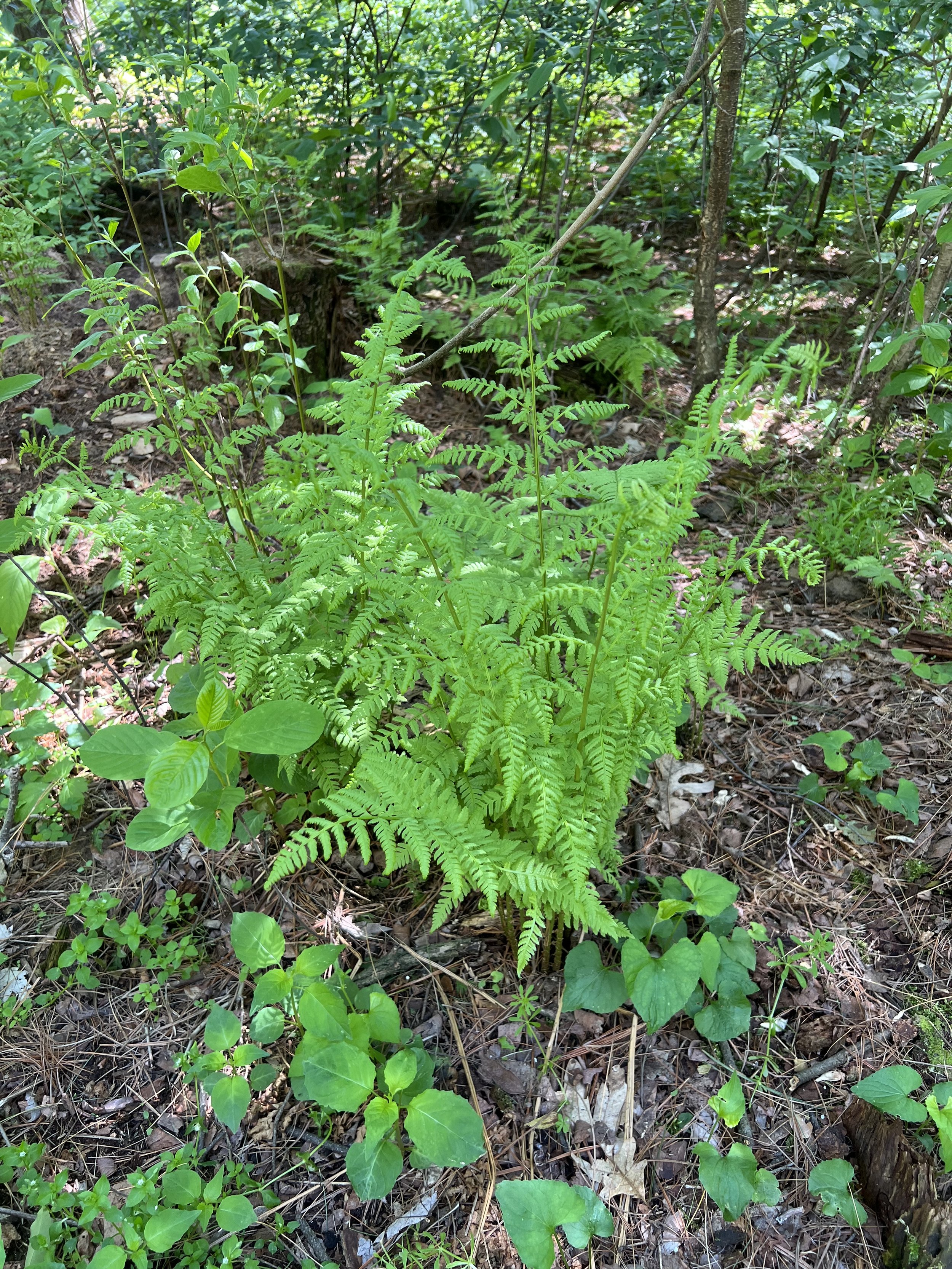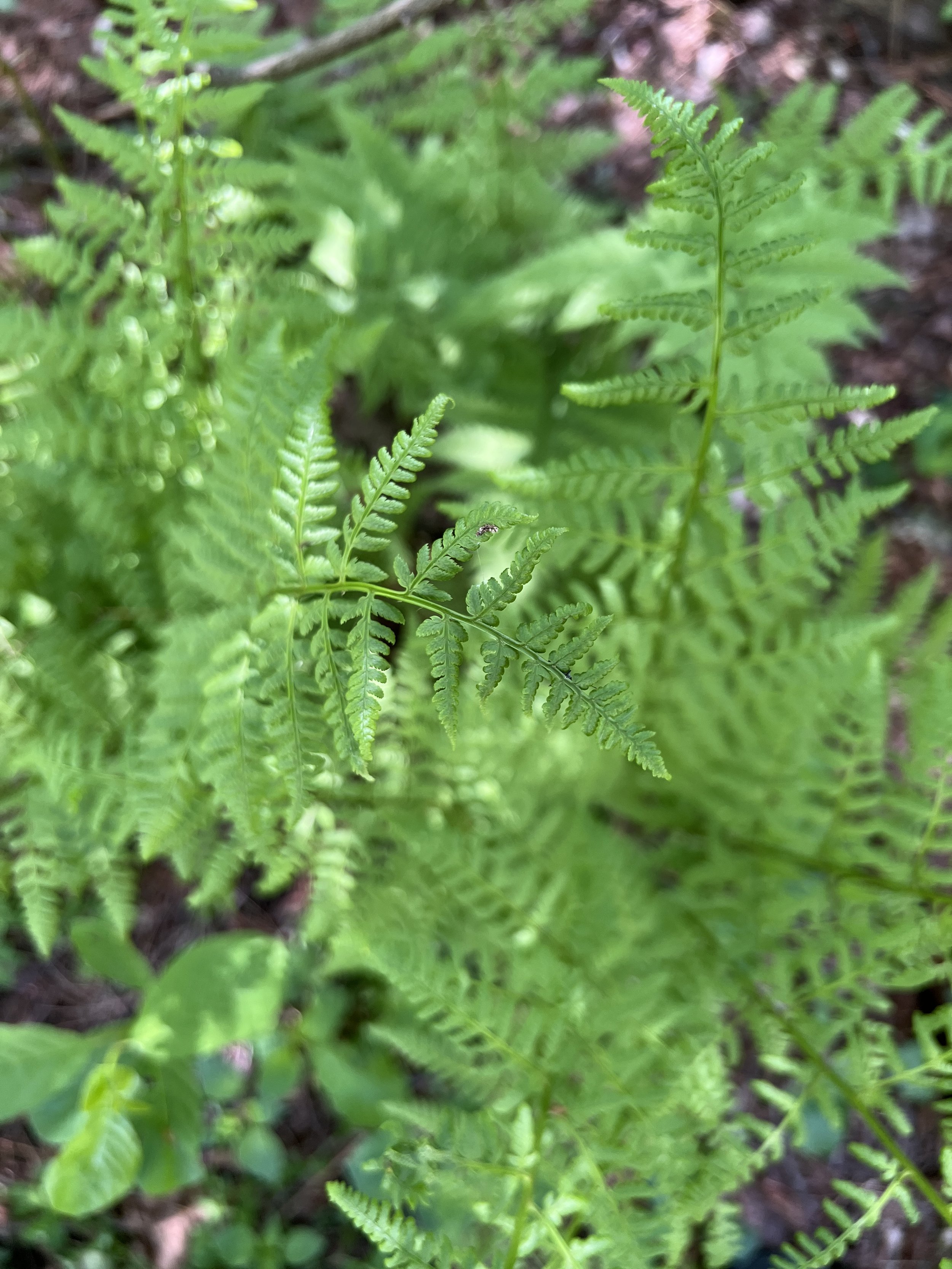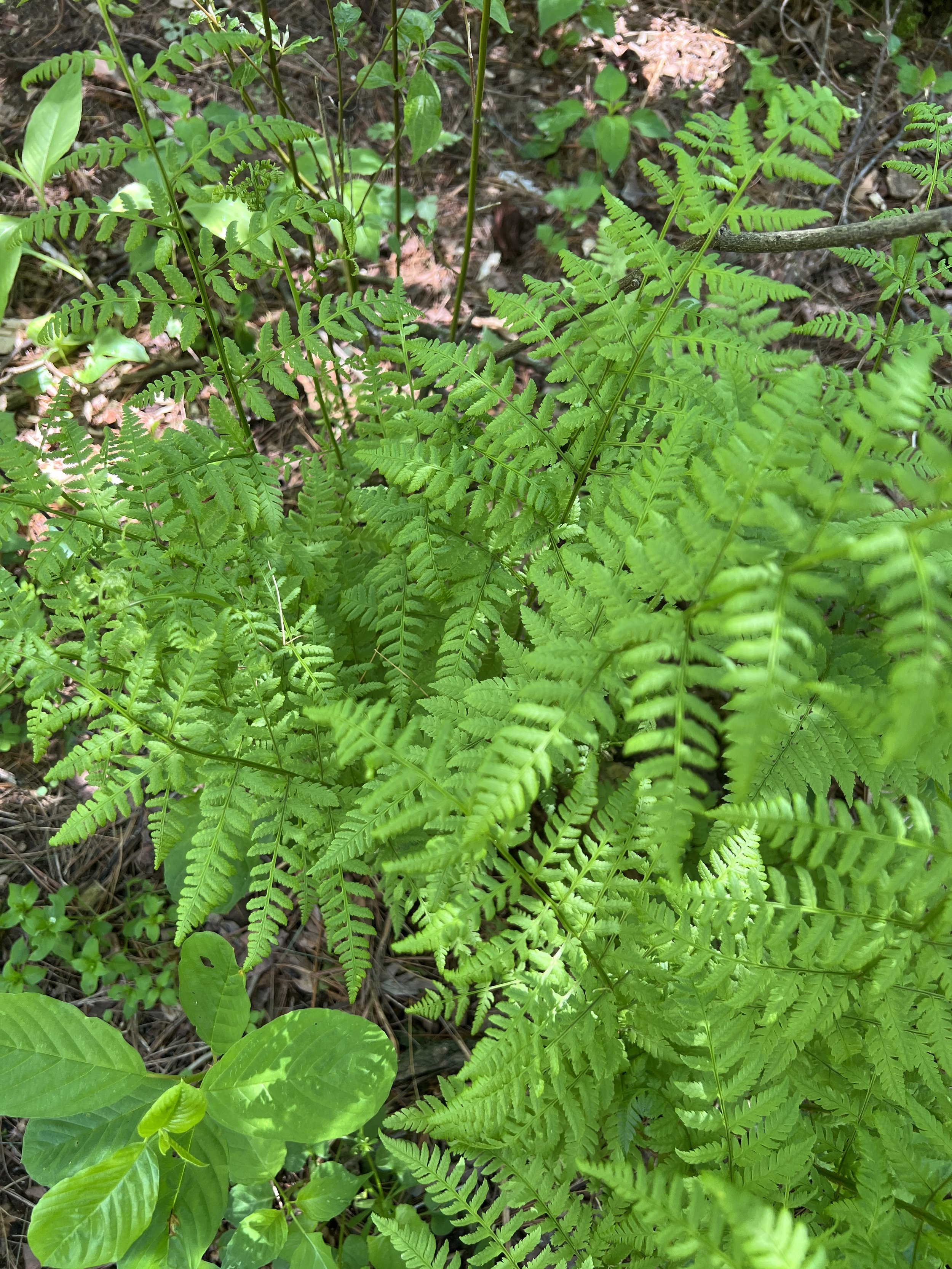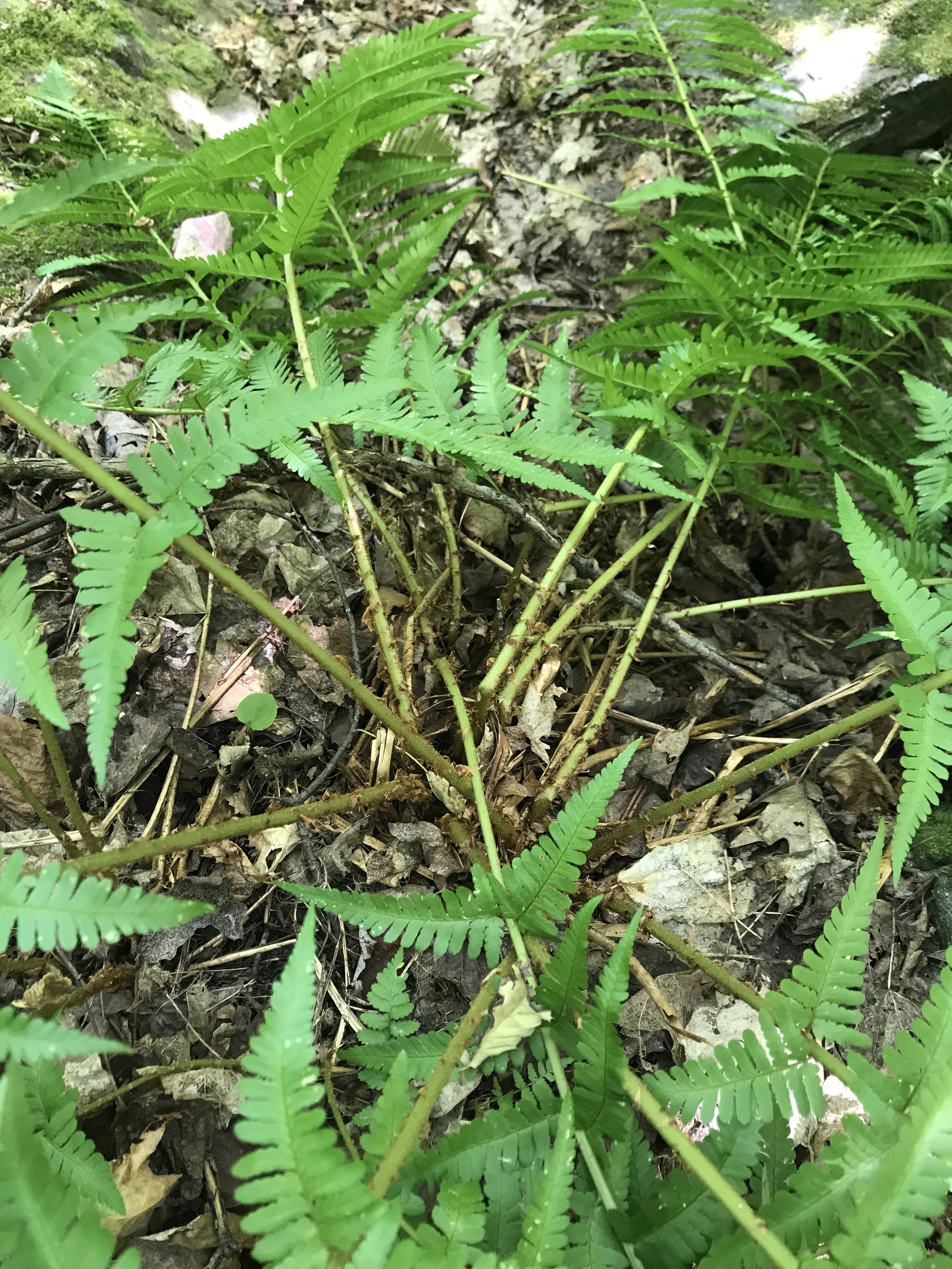 Image 1 of 7
Image 1 of 7

 Image 2 of 7
Image 2 of 7

 Image 3 of 7
Image 3 of 7

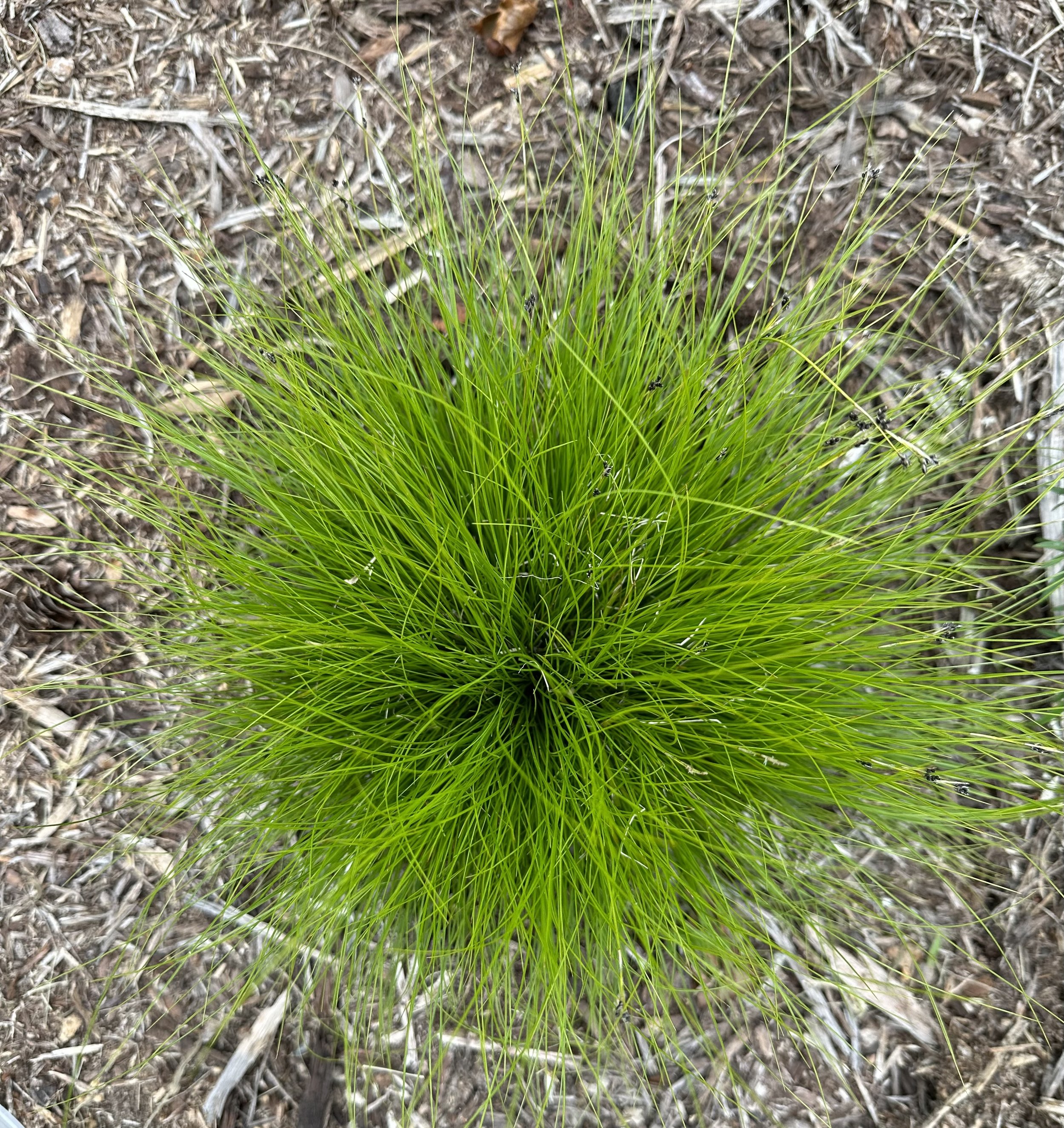 Image 4 of 7
Image 4 of 7

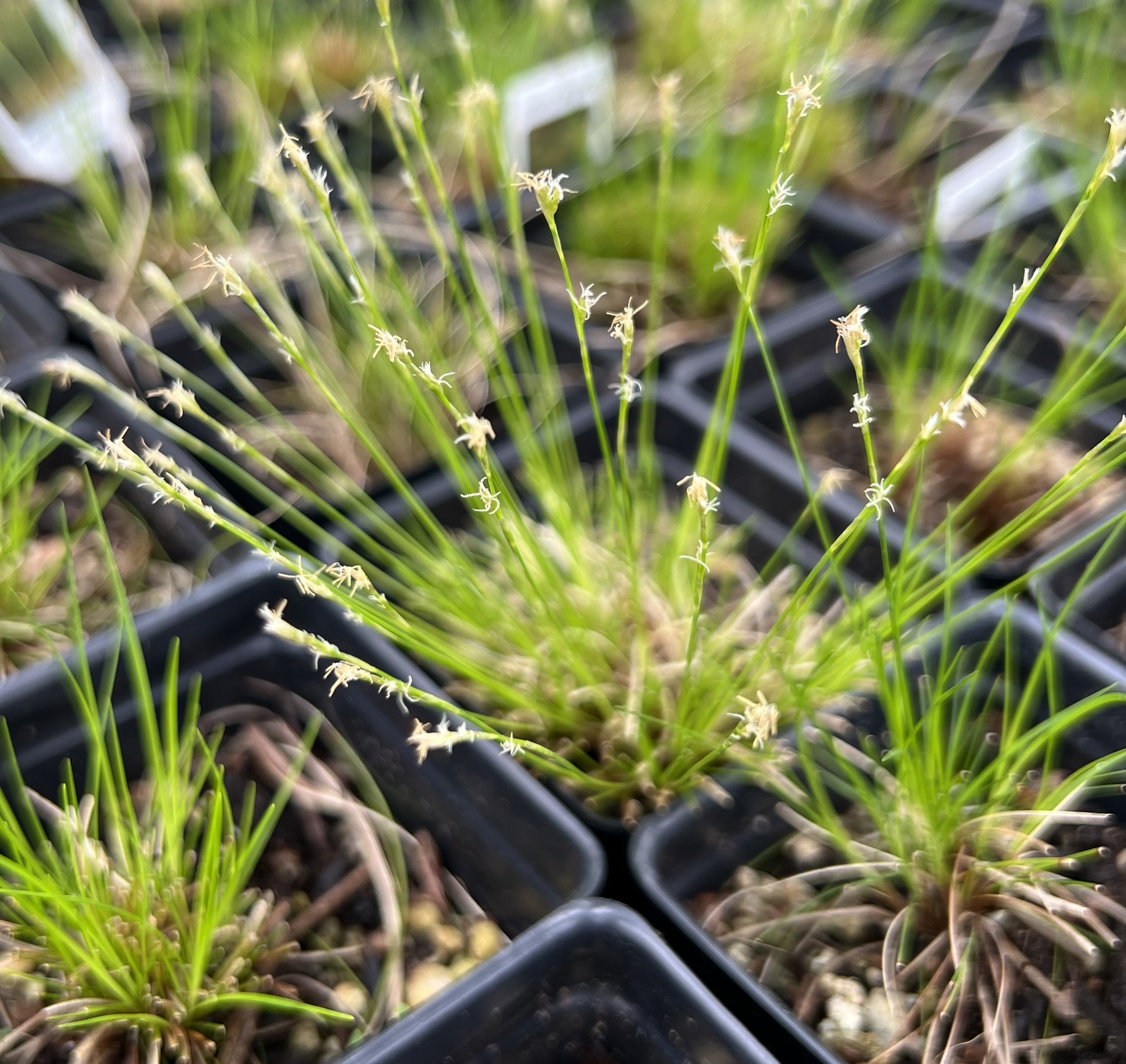 Image 5 of 7
Image 5 of 7

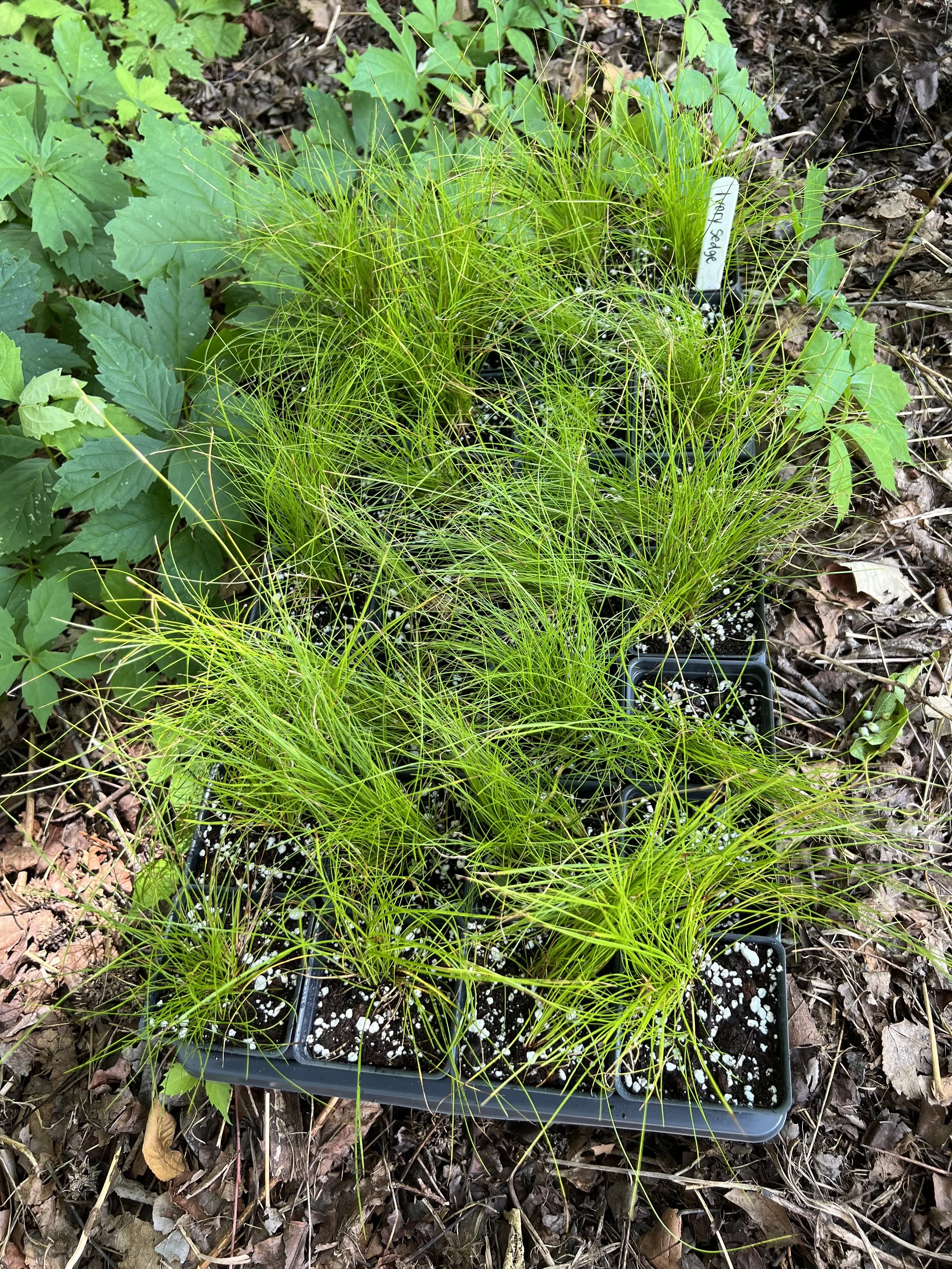 Image 6 of 7
Image 6 of 7

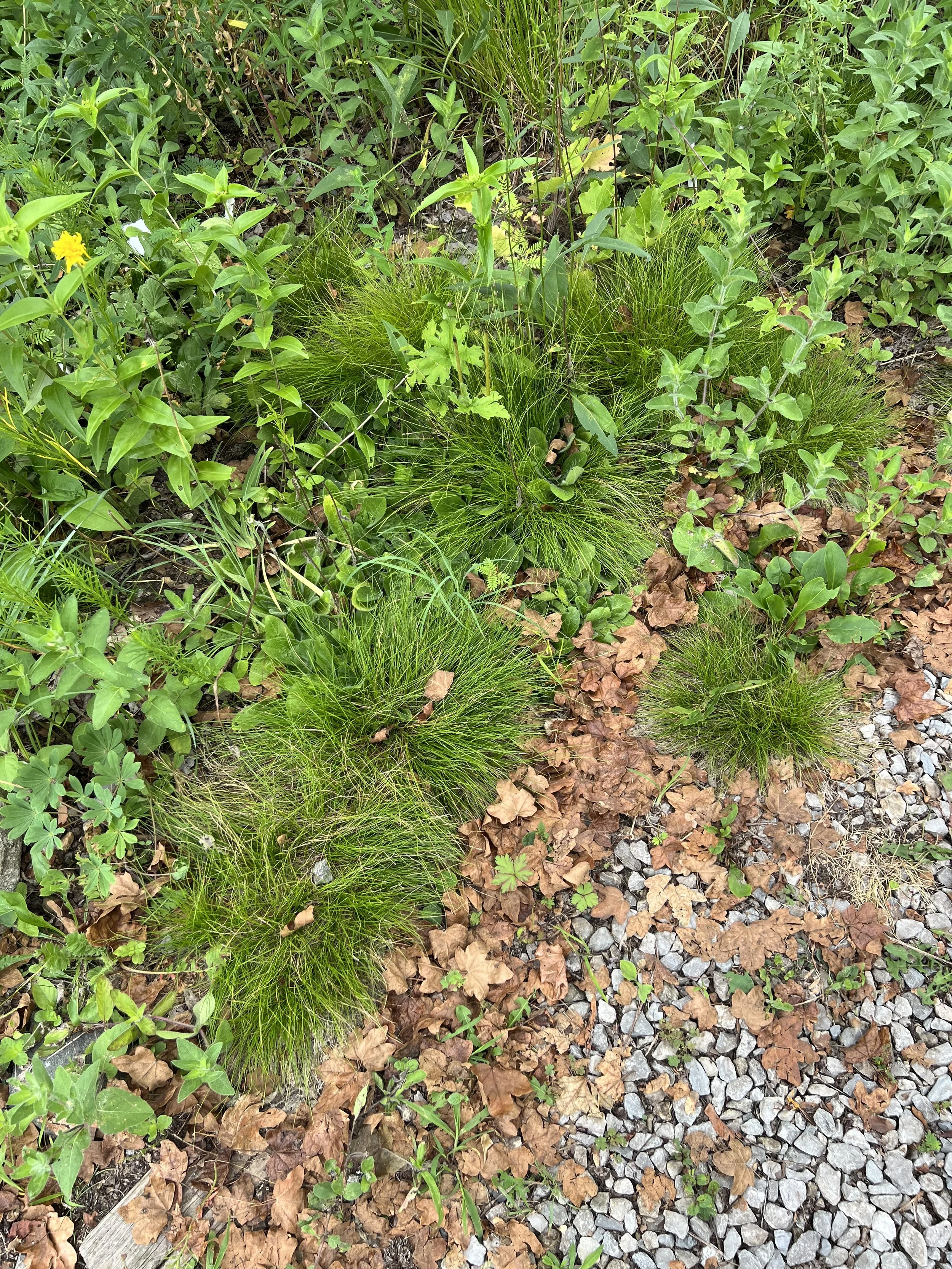 Image 7 of 7
Image 7 of 7








Ivory Sedge (Carex eburnea)
from $3.50
Sold Out
Ivory Sedge is a cute little fine-leaved sedge that is becoming more and more available in the nursery trade. It usually grows from 6-12 inches tall. It flowers in spring, as most sedges do, and after wind pollination, forms seeds (achenes). By mid-summer, the achenes are turning black which is something that makes this sedge unique.
Natural habitat for this sedge ranges from sun to shade. It is usually found in calcareous soils, or thin soils over limestone. It is naturally in favor of moist sites, though it can tolerate some dryness later in the season.
I’ve seen some conflicting information about the amount of heat, dryness and sunshine this plant can handle. Some say that it thrives and spreads in these conditions, which may be true given certain soils? The advice I’d give is that if you are planting it somewhere dry, let it be in the shade. You may want to experiment a bit in your own yard to find its happy place.
This plant will spread slowly by rhizome, as well as growing larger as a bunch. See the photos for an area where it was growing naturally like a lawn.
Ivory Sedge (Carex eburnea)
Michigan Flora reference page for state distribution: Ivory Sedge
height: 6-12 inches
soil: medium to dry later in the season
sun: sunny if moist, shade if dry
plant spacing: 6”
life cycle: perennial
family: Cyperaceae
seed source: Michigan
Sizes:
Get notified by email when this product is in stock.
Ivory Sedge is a cute little fine-leaved sedge that is becoming more and more available in the nursery trade. It usually grows from 6-12 inches tall. It flowers in spring, as most sedges do, and after wind pollination, forms seeds (achenes). By mid-summer, the achenes are turning black which is something that makes this sedge unique.
Natural habitat for this sedge ranges from sun to shade. It is usually found in calcareous soils, or thin soils over limestone. It is naturally in favor of moist sites, though it can tolerate some dryness later in the season.
I’ve seen some conflicting information about the amount of heat, dryness and sunshine this plant can handle. Some say that it thrives and spreads in these conditions, which may be true given certain soils? The advice I’d give is that if you are planting it somewhere dry, let it be in the shade. You may want to experiment a bit in your own yard to find its happy place.
This plant will spread slowly by rhizome, as well as growing larger as a bunch. See the photos for an area where it was growing naturally like a lawn.
Ivory Sedge (Carex eburnea)
Michigan Flora reference page for state distribution: Ivory Sedge
height: 6-12 inches
soil: medium to dry later in the season
sun: sunny if moist, shade if dry
plant spacing: 6”
life cycle: perennial
family: Cyperaceae
seed source: Michigan
If you are interested in sedges as lawn replacement, you may want to refer to this link. Mt. Cuba Center in Delaware carried out a large sedge trial and the results are interesting!




